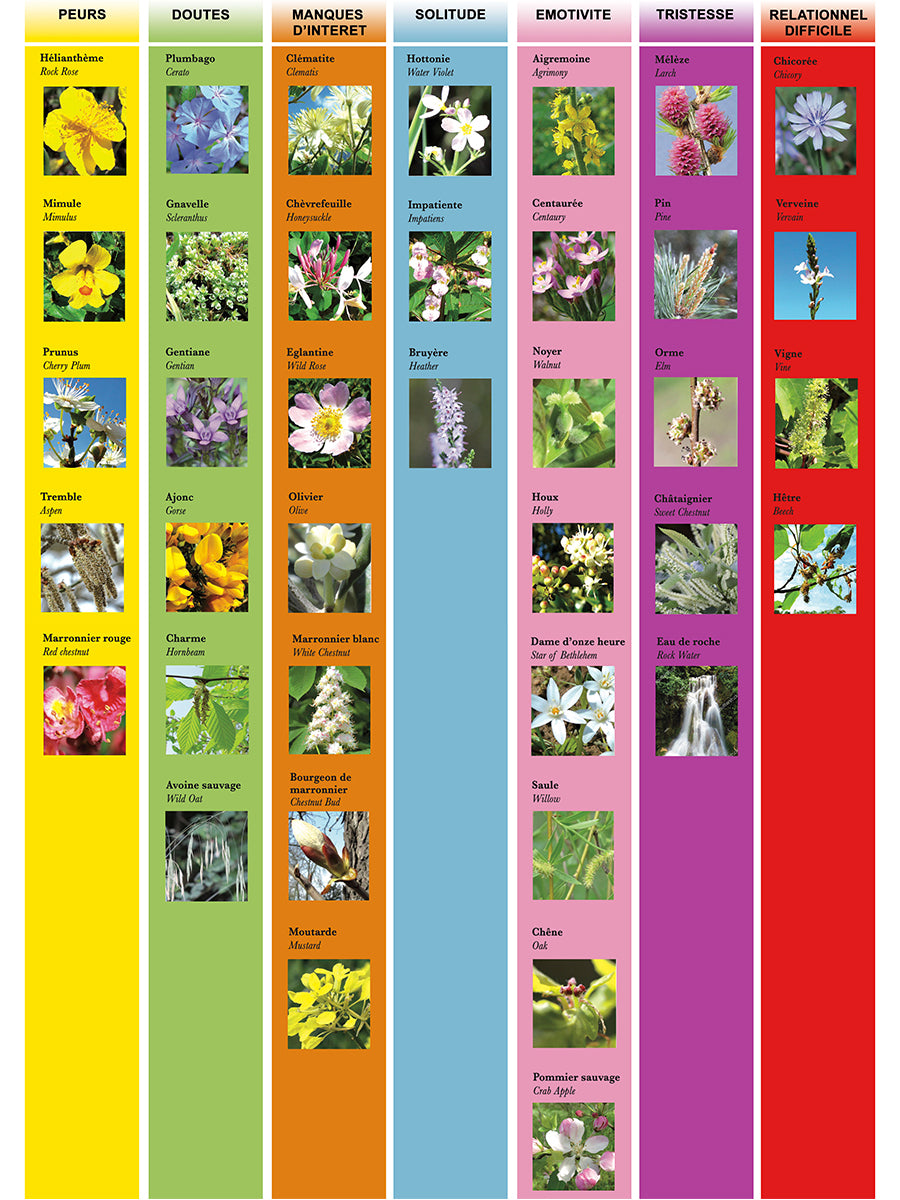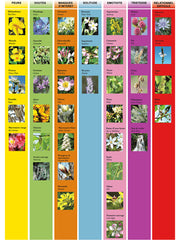



Honeysuckle
- 19.99$
0.00$- 19.99$
- Unit price
- per
Description
x- You are attached to the past and you feel homesick, you have the feeling of regretting missed opportunities
It is at the very end of the year that the honeysuckle, Lonicera caprifolium, gives off new leaves, as if to symbolize renewal and the importance of moving forward. Honeysuckle, from the Caprifoliaceae family, is a woody climbing plant that grows spontaneously at the edge of woods and is grown as an isolated plant or in hedges, generally trained. Unfazed, honeysuckle is highly valued for its ornamental and olfactory qualities as well as for its hardiness, as it withstands temperatures around -20°C.
In purely botanical terms, honeysuckle can grow up to four meters tall. It has twining branches and deciduous foliage composed of leaves with a glaucous underside and a dark green obverse. Its multiple flowers in corollas ranging from straw yellow to subtly pinkish white bloom from May to the end of July and exude an enchanting fragrance that is even more powerful from sunset to sunrise. It is also during the night that pollinating insects gather nectar from honeysuckle flowers.
Produits recommandés
Produits récemment consultés
- Choosing a selection results in a full page refresh.



